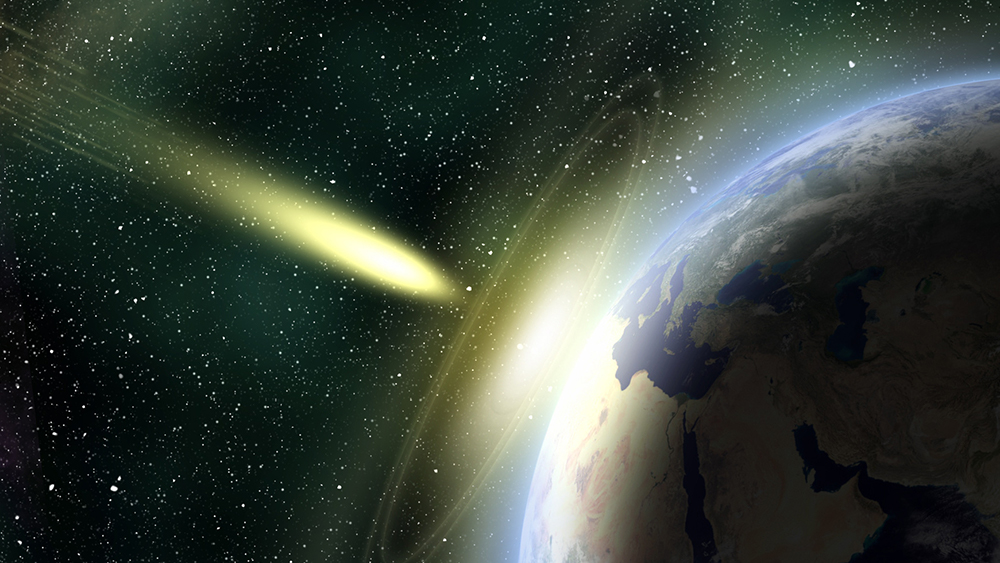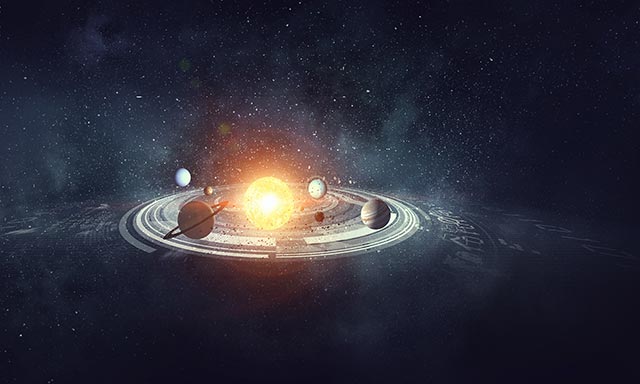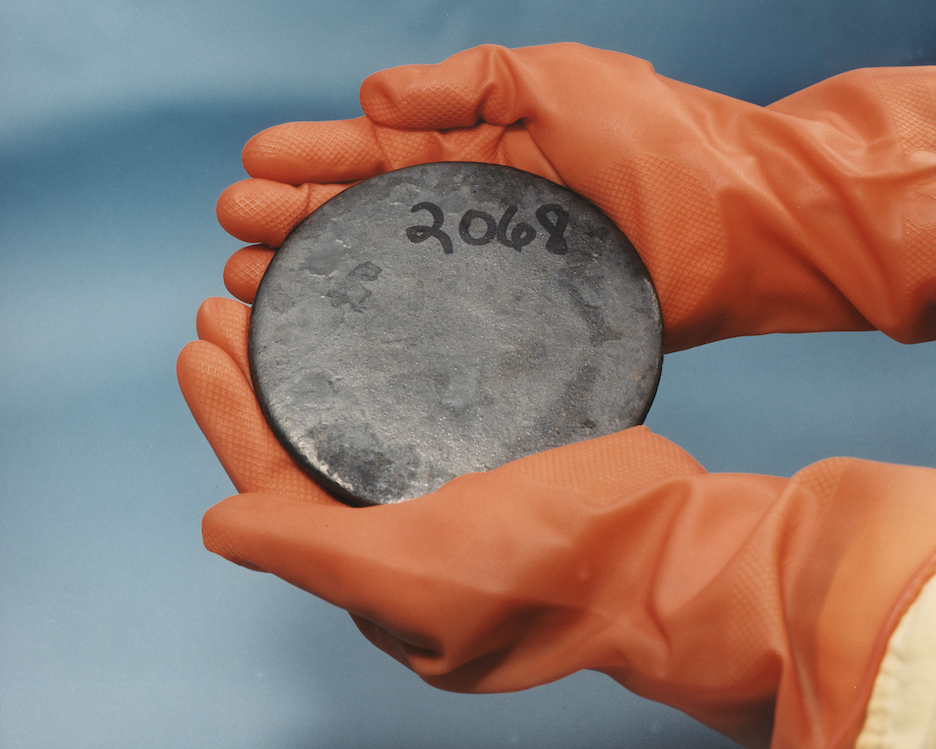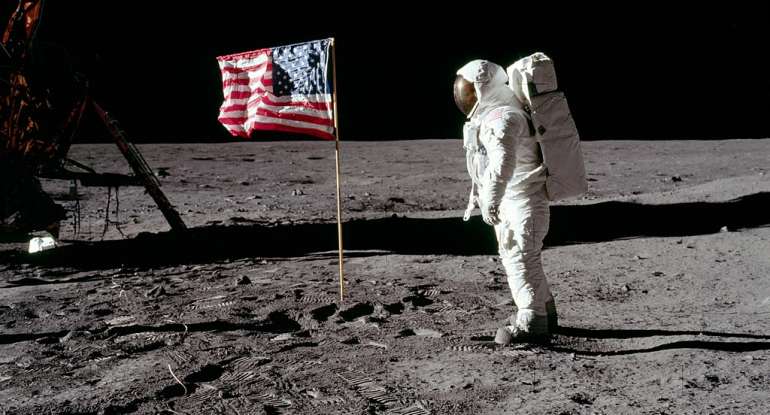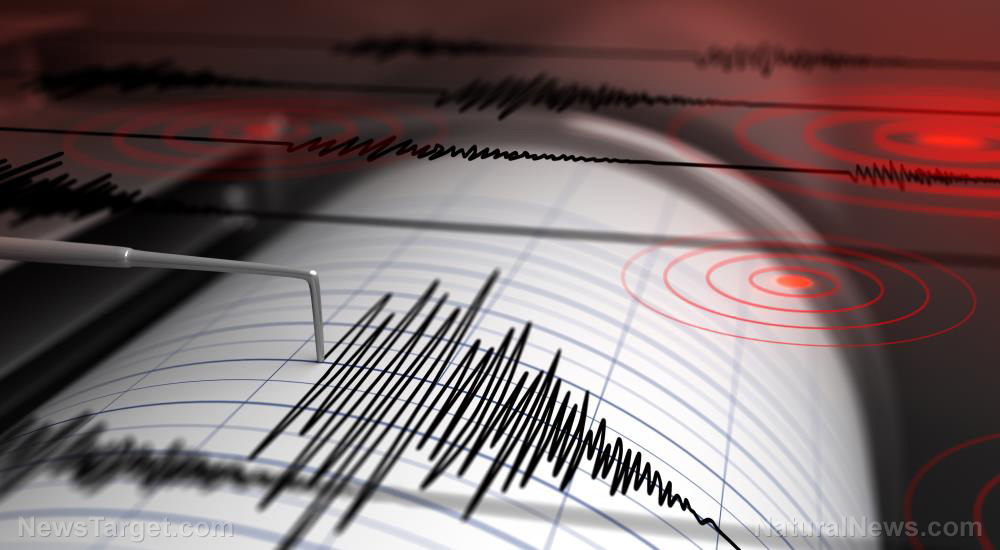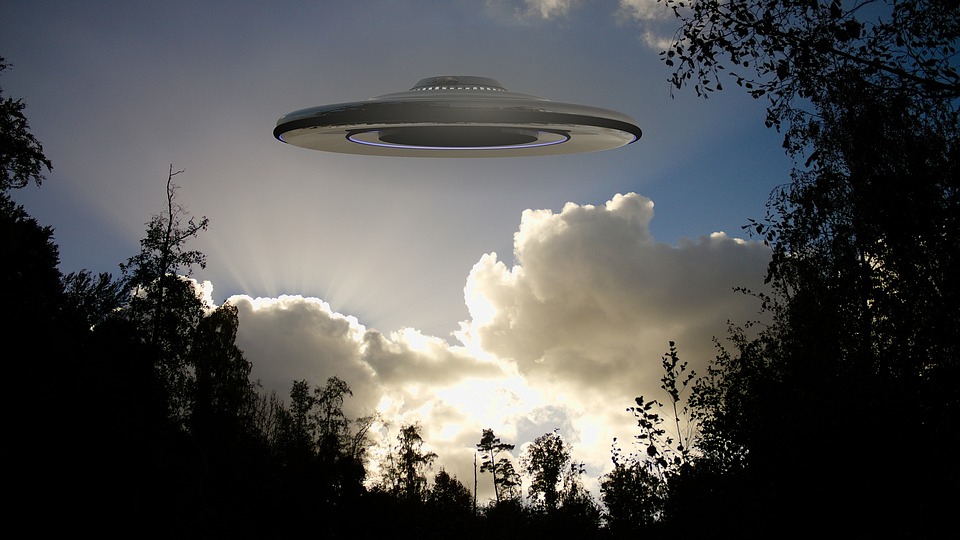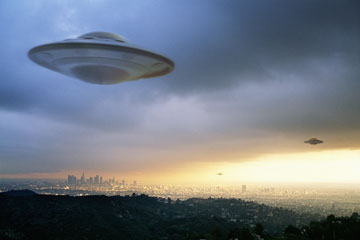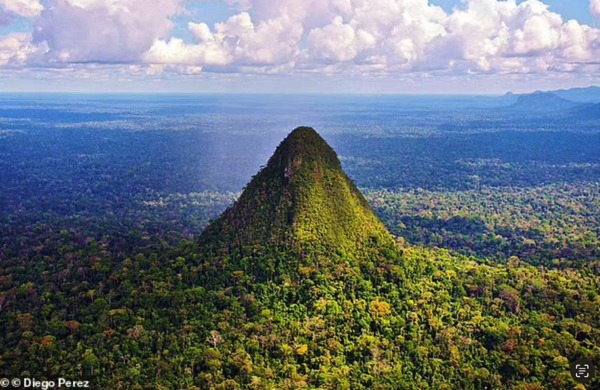Earth to spin faster this summer; three days will be shorter than normal
07/08/2025 / By Cassie B.

- Scientists predict Earth will spin faster on three specific days this summer—July 9, July 22, and August 5—shortening each day by up to 1.51 milliseconds.
- The moon’s position farthest from Earth’s equator reduces gravitational drag, causing these brief accelerations.
- Despite Earth’s long-term rotational slowdown, recent years have set records for shorter days, with July 5, 2024, marking the shortest day ever recorded.
- Shifts in Earth’s mass due to human activity, like ice melt and groundwater extraction, also subtly affect rotation speed, lengthening days over time.
- Scientists remain puzzled by the cause of this acceleration, with some speculating underground core shifts may play a role.
In a celestial phenomenon that defies the long-term slowing of Earth’s rotation, our planet is about to spin faster on three specific days this summer—July 9, July 22, and August 5—making each day up to 1.51 milliseconds shorter than usual. Scientists attribute this brief acceleration to the moon’s position reaching its furthest distance from Earth’s equator, reducing its gravitational drag on our planet. While these changes are imperceptible to humans, they mark a notable deviation from Earth’s gradual rotational slowdown over billions of years.
The science behind the shorter days
Earth’s rotation fluctuates daily due to a complex interplay of cosmic and terrestrial forces. The moon’s gravitational pull, ocean tides, atmospheric pressure, and even seismic activity all influence our planet’s spin. Typically, Earth’s rotation has been slowing over geologic time due to tidal friction caused by the moon’s retreat—about 1.8 milliseconds per century. But recent observations reveal unexpected accelerations, with 2020–2024 setting records for the shortest days since atomic clocks began tracking rotation in the 1970s.
On July 5, 2024, Earth experienced its shortest day ever recorded, clocking in 1.66 milliseconds shy of the standard 86,400-second day. Now, astronomers predict three more unusually short days in 2025. As Leonid Zotov, an Earth rotation expert at Moscow State University, told Timeanddate.com, “Nobody expected this acceleration. The cause is not explained.”
Seasonal and lunar influences
The upcoming shortened days coincide with the moon’s maximum declination, when it’s farthest from Earth’s equatorial plane. This alignment reduces lunar tides’ braking effect, akin to a spinning ice skater pulling their arms inward to spin faster. Seasonal mass shifts, like foliage growth in summer, also subtly alter rotation speed.
While these millisecond changes won’t disrupt clocks or daily life, they challenge our understanding of Earth’s rotation. For decades, scientists added leap seconds to atomic timekeeping to account for Earth’s slowing spin. But since 2016, no leap seconds have been needed, signaling a puzzling trend reversal.
Beyond celestial mechanics, human-driven changes may be tweaking Earth’s rotation. NASA research suggests melting ice sheets and groundwater extraction have redistributed Earth’s mass enough to lengthen days by 1.33 milliseconds per century. Meanwhile, massive earthquakes, like Japan’s 2011 quake, can shift Earth’s axis and shorten days by microseconds through tectonic recoil.
Despite these discoveries, Zotov admits the recent acceleration lacks a clear explanation: “Ocean and atmospheric models don’t explain this huge acceleration.” Some theorists speculate subterranean shifts in Earth’s core could be responsible, although evidence remains elusive.
A cosmic curiosity
For now, the International Earth Rotation and Reference Systems Service (IERS) continues monitoring these anomalies. While the July and August fluctuations are predictable, their broader implications aren’t. The shortening days contrast starkly with Earth’s prehistoric past; 1 billion years ago, days lasted just 19 hours due to the moon’s proximity. Although they might be imperceptible, these micro-changes underscore Earth’s dynamic relationship with cosmic forces.
The acceleration won’t last. Earth’s rotation will eventually resume its slowing trend, influenced by the moon’s retreat and polar ice melt. However, the 2025 speedup offers a rare glimpse into the delicate balance governing our planet’s motion in a reminder that even time itself isn’t as fixed as it seems.
Sources for this article include:
Submit a correction >>
Tagged Under:
cosmos, Earth, gravitational pull, Moon, research, rotation, science, Space, weird science
This article may contain statements that reflect the opinion of the author
RECENT NEWS & ARTICLES
COPYRIGHT © 2017 UNEXPLAINED.NEWS
All content posted on this site is protected under Free Speech. Unexplained.news is not responsible for content written by contributing authors. The information on this site is provided for educational and entertainment purposes only. It is not intended as a substitute for professional advice of any kind. Unexplained.news assumes no responsibility for the use or misuse of this material. All trademarks, registered trademarks and service marks mentioned on this site are the property of their respective owners.




